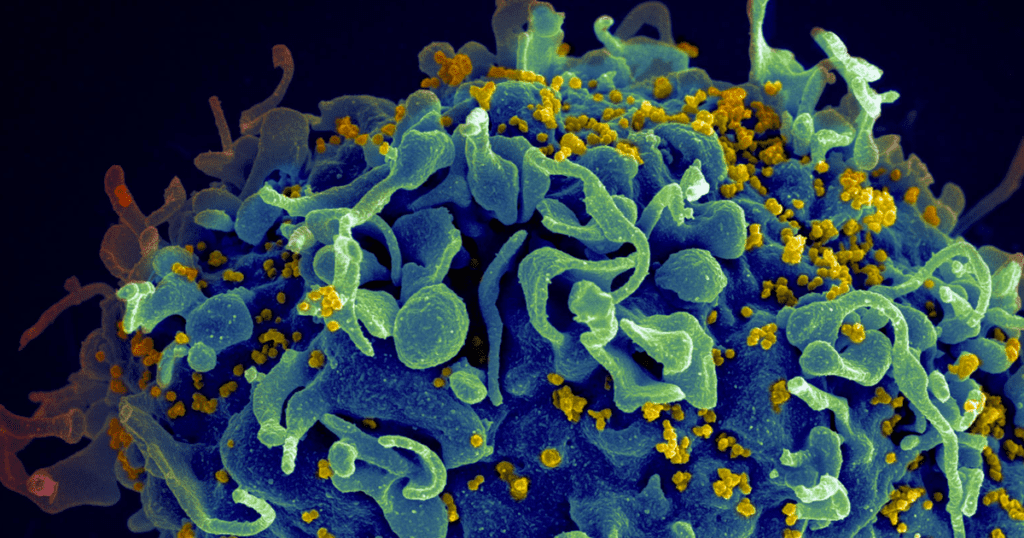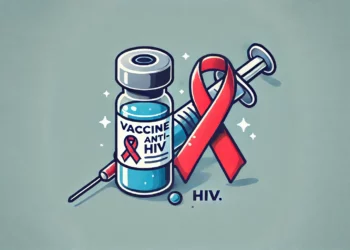After the Berlin Patient and the London Patient, a third patient might also be HIV-free following a transplant: the Düsseldorf patient.
HIV Free
More than 10 years ago, medical researchers in Berlin made headlines with the announcement that for the first time in history, an HIV patient appeared to have been virus free following a stem cell transplant (via bone marrow) meant to treat a separate condition — leukemia.
Since then, no one has ever managed to eliminate the HIV virus until very recently: a few days ago, researchers announced that another patient, this time in London, also managed to get rid of the virus, also following a stem cell transplant meant to treat a different condition. Although doctors were skeptical to use the word ‘cure’, the second patient has been HIV-free for 18 months and counting.

Now, a separate group of researchers has announced a third instance: the Düsseldorf patient. The Düsseldorf patient has been announced at the Conference on Retroviruses and Opportunistic Infections in Seattle. This patient has only been HIV-free for 3.5 months and therefore calls for even more skepticism. However, being off of antiviral drugs and HIV-free is still a promising accomplishment, even if more time is necessary for proper confirmation.
A cure?
With three patients becoming HIV-free after undergoing the same type of transplant, this is no longer a coincidence and the word cure flows almost naturally — but this is by no means a scalable treatment.
There are several common denominators for all three patients, all of which offer little in the way of scalability. For starters, there are two main variants of HIV, one of which is much rarer than the other — and all three patients had the rare variant. Secondly, they were all ‘cured’ following a bone marrow transplant, which is not only difficult and painful but also very risky. The three patients suffered from another serious condition which justified the bone marrow transplant. Most HIV patients are not suitable at all for a bone marrow transplant — it’s usually recommended as a last-ditch effort to fight cancer. Lastly, the marrow donors had a particular mutation which eliminated HIV’s ability to attach to host cells.
Essentially, the HIV patients needed the bone marrow transplant to fight cancer, not HIV — and they got really lucky. This is not a large scale cure by any means. But that doesn’t mean that researchers can’t use these rare cases and adapt them.
Invigorating the HIV fight
There have been many advancements in the fight against HIV, but there’s still no cure in sight. The management of HIV/AIDS normally includes the use of multiple antiretroviral drugs in an attempt to keep the infection at bay. This has been successful in most parts of the world, dramatically increasing HIV survivability. HIV has become a chronic condition in which progression to AIDS is increasingly rare.
However, there are also growing concerns regarding current treatments. Drug resistance is one of the main concerns. Some viruses have exhibited the natural ability to develop drug-resistance and people not taking antiretrovirals properly can help speed up that process and pass drug-resistant strains to others. The drugs can also have serious negative side effects.
Lastly, while treatment costs have gone down dramatically, cost is still a crucial issue in some parts of the world. For instance, combination therapy has been introduced in South Africa for as little as $10 per patient per month, but a similar treatment might cost over $20,000 in the US, and countries that need the treatment the most are least able to afford it.
So researchers hope that they can learn something from these rare cases and adapt it to a scalable treatment. Replicating the HIV-eradicating effects seen in the Berlin Patient has been attempted several times, but confirmation has been lacking until now. It’s still early days, but with the results being confirmed, this opens up a promising avenue for finally eliminating HIV. We’re not there yet, but we’re zooming in.
There are currently around 37 million people living with HIV worldwide, and the virus claims around 1 million lives annually.






